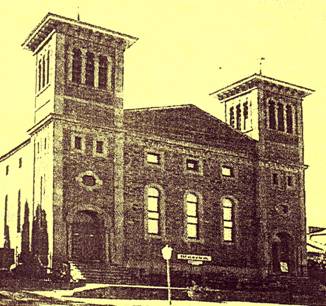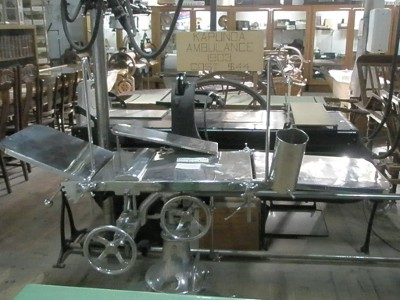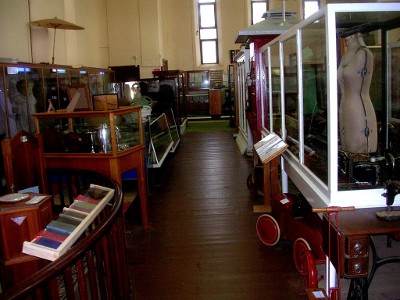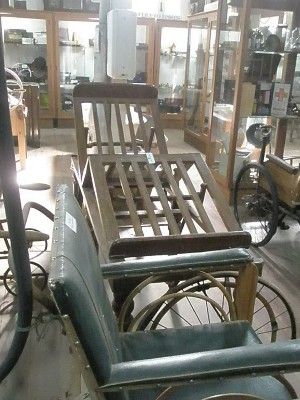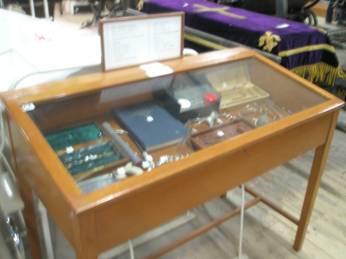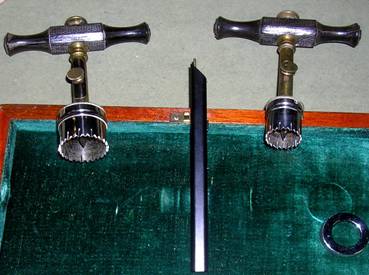
South Australian Medical Heritage Society Inc
Website for the Virtual Museum
Home
Coming meetings
Past meetings
About the Society
Main Galleries
Medicine
Surgery
Anaesthesia
X-rays
Hospitals,other organisations
Individuals of note
Small Galleries
Ethnic medicine
- Aboriginal
- Chinese
- Mediterran
Kapunda Museum Medical Items
Acknowledgement: We are most grateful to Kevin O'Brien who proposed the topic and provided some of the photographs and general background.
The name Kapunda is thought to be derived from "Cappie Oonda", an Aboriginal term meaning "jumping water", possibly due to the number of natural springs in the area.
In 1842 while Charles Harvey Baggot and the Dutton family were using horses to herd sheep, they noticed numerous greenish grey stones on their property. Assays performed in England showed an unusually high copper content.
The Colony at this time was challenged financially, so the discovery of large, high quality copper ore deposits, and a further discovery of copper at Burra a few years later in 1845 leading to the mining boom and Cornish immigration, was most welcome.
Sir Sidney Kidman located his headquarters and horse sales in Kapunda in 1870. He lived in his house called Eringa. The town prospered, and when the mining boom slowed down it was replaced by agriculture and grazing.
The Kapunda museum at 11 Hill Street is sited in the once Baptist Church built in 1866. It has a comprehensive display of mining and agricultural equipment. The Hawke gallery exhibits the equipment manufactured by his engineering firm in 1857. There are numerous other displays reflecting the town's past, such as clothing, household items, and motor vehicles (ambulance and fire engine), and an early steam engine.
The origin of the museum dates to 1948, when the Education Department bought the church to convert it into an adult educational centre. Three years later the project was abandoned, and the Council bought the church building to save it from demolition. It was converted it into a museum. The museum has two floors and covers an area of 10,000 square feet. It is staffed by volunteers, opens daily, and portrays the social and commercial history of Kapunda. It is without doubt the best community museum in South Australia.
ROMANESQUE TOWERS OF THE KAPUNDA HISTORICAL MUSEUM
The heritage items of medical interest are stored in the lower level of the museum and show nursing, medical, and surgical items from the 19th and early 20th centuries.
THERE IS CONSIDERABLE CROWDING OF THE ITEMS.
AN OLD OPERATING TABLE IS IN THE FOREGROUND
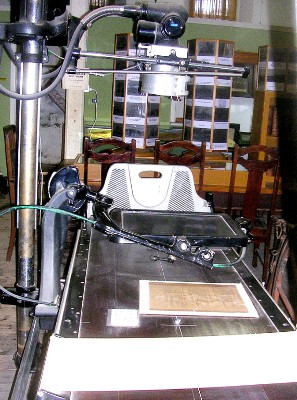
AN XRAY TABLE WITH FOOT REST AT THE BACK (LEFT), AND CONTROL PANEL (RIGHT)
EXHIBIT AISLES ON THE GROUND FLOOR
COLLECTION OF OLD WHEELCHAIRS.
PLEASE NOTE THE LOCOMOTIVE HANDLES ON THE WHEELCHAIR ON THE EXTREME RIGHT.
DISPLAY CABINET WITH ASSORTED MEDICAL ITEMS.
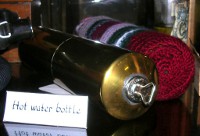
COLLECTIONS OF HOT WATER BOTTLES (LEFT) AND BEDPANS (RIGHT).
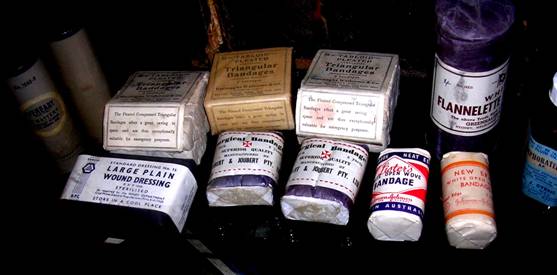
ASSORTED WOUND DRESSINGS AND BANDAGES.


A HOMEOPATHIC KIT FROM LEIPZIG.
TABLE OF CONTENTS ON THE LEFT, CONTAINERS WITH INGREDIENTS ON THE RIGHT.
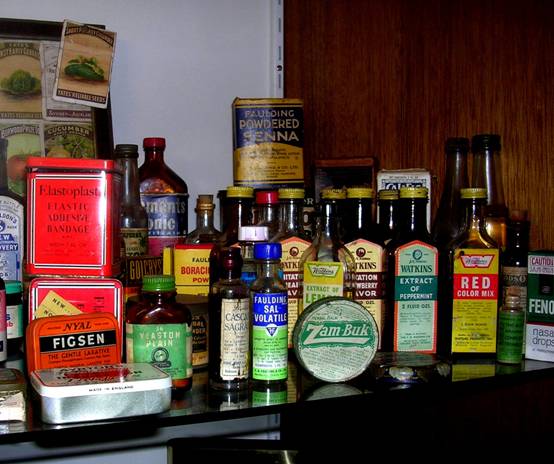
CABINET OF PROPRIETORY MEDICATIONS USED IN EARLY 20TH CENTURY.
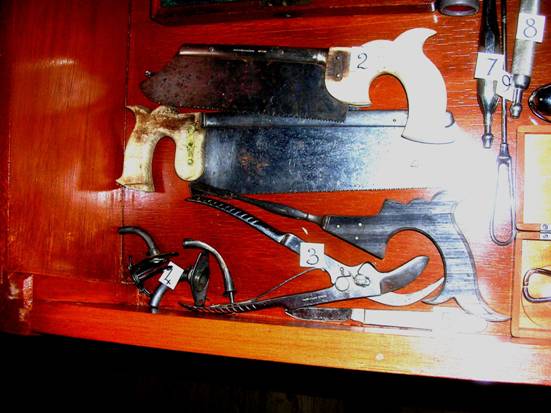
ASSORTED INSTRUMENTS: PLASTER SHEARS (3),TRACHEOSTOMY TUBES (4), AMPUTATION SAWS (2), GOUGES, (7,8,9), A SCALPEL (BOTTOM RIGHT).
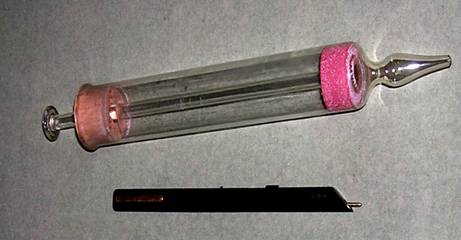
AN OLD IRRIGATION SYRINGE.
A 14 CM. BIRO PEN INDICATES THE DIMENTIONS.
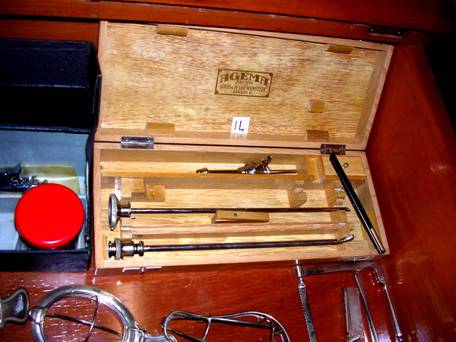
A CYSTOSCOPY SET IN A WOODEN BOX, ETHER MASKS BELOW.
THE CYSTOSCOPES HAVE A CURVED END TO NEGOTIATE THE PROSTATE GLAND. THEIR USE WAS NOT POSSIBLE UNTIL A SMALL LIGHT GLOBE WAS DEVELOPED TO ILLUMINATE THE BLADDER. THE GLOBE IS SITED IN CURVED END.
THE MASK AT BOTTOM RIGHT HAS BEEN ATTRIBUTED TO SCHIMMELBUSCH, A BERLIN SURGEON.
A RARE TREPHINE SET PRESERVED IN THE KAPUNDA MUSEUM.
THE VELVET LINED BOX ABOVE CONTAINS TWO TREPHINES WITHIN EACH OTHER. THE SMALL SAW (POSSIBLY HAY'S SAW) IS ABOVE.
ROTATING THE TEETH OF THE TREPHINE TO AND FRO AGAINST THE SKULL BONE COULD REMOVE A DISC OF THE SKULL TO ACCESS THE BRAIN AND DRAIN A BLOOD COLLECTION, OR ELEVATE A DEPRESSED SKULL FRACTURE. NEUROSURGEONS CALLED THESE "DISC HOLES" BURR HOLES. THE SAW COULD HAVE BEEN USED TO CONNECT THE TWO BURR HOLES.
THE INSTRUMENTS HAVE WOODEN HANDLES AND THEIR USE MUST HAVE BEEN ABANDONED WHEN STEAM STERILISATION ARRIVED IN THE MID 19TH CENTURY.
THE TREPHINES END ON.
A 14 CM BIRO IS INCLUDED.
-oOo-
